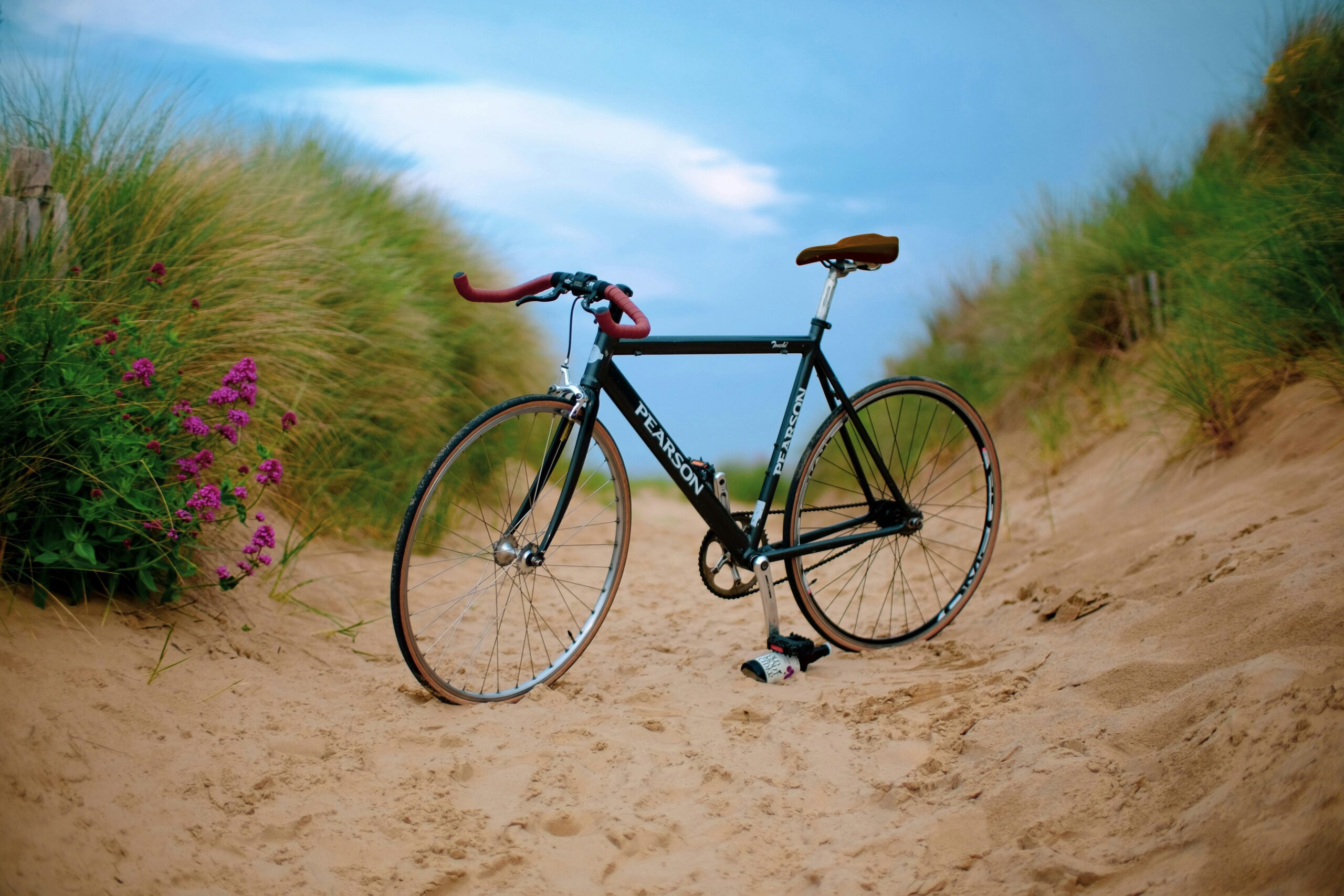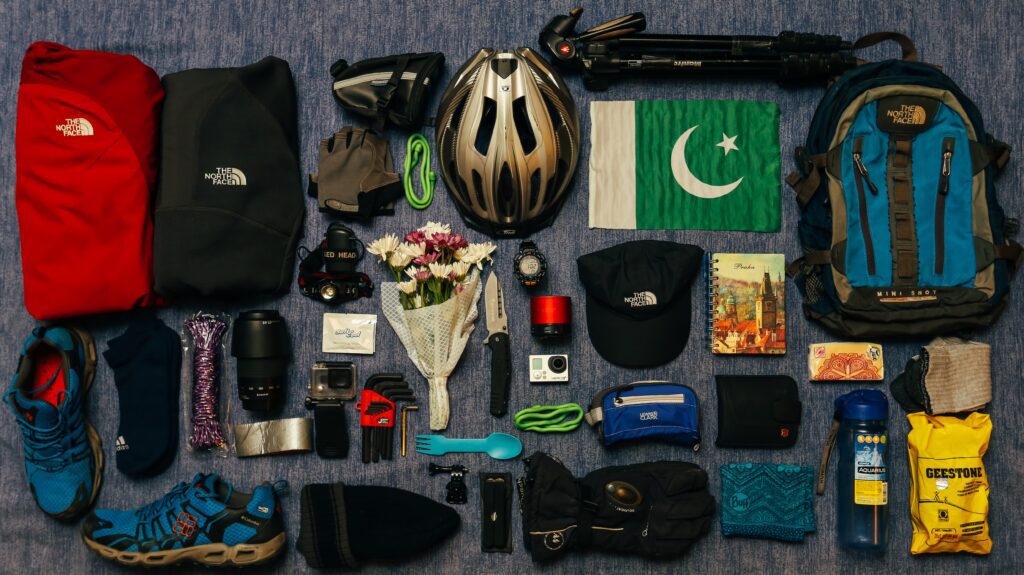Hey there, fellow pedal-pushers! Are you looking to join the cycling bandwagon without breaking the bank? You’re in luck! Opting for a second-hand cycle is not just kind to your wallet but also a high-five to Mother Nature. Before you dive into the bustling market of pre-loved bikes, let’s gear up and steer you through the essentials you need to keep an eye on. Trust me, with a bit of know-how and attention to detail, you can snag a great deal on a bike that’s perfect for you.
Understanding Your Cycling Needs
First things first, what’s your cycling flavor? Are you the mountain trail conqueror, the urban commuter, or just looking for a leisurely ride around the park? Cycles come in various types – road bikes, sleek and fast for the tarmac lovers; mountain bikes, rugged and sturdy for off-road adventurers; hybrids, the best of both worlds; and more. Think about where you’ll be riding the most and what you’ll be using the bike for. It’s like choosing a car – you wouldn’t pick a sports car for off-road adventures, right?
Where to Find Second-Hand Cycles
Online Marketplaces:
- eBay and Craigslist: These are the giants of online second-hand shopping. You’ll find a wide range of options, from nearly-new beauties to fixer-uppers. But remember, it’s buyer beware – always check the seller’s ratings and reviews.
- Local Facebook Groups or Marketplace: These platforms can be a goldmine for local deals. Buying locally means you can easily check out the bike in person.
- Specialized Cycling Forums and Websites: Websites like Pinkbike or BikeExchange cater specifically to cyclists. They often have a section for used bikes where you can find some real gems.
Local Bike Shops:
- Refurbished Bikes: Many bike shops sell refurbished bikes. These are second-hand bikes that have been fixed up and are ready to ride. It’s a great way to get a reliable bike and some come with a service warranty.
- Trade-ins: Some shops offer trade-in programs where customers bring their old bikes. This means you can often find used bikes in good condition.
Community Boards and Cycling Clubs:
- Bulletin Boards: Check out community centers, local colleges, or even coffee shops. They often have bulletin boards where people post items for sale.
- Local Cycling Clubs: Joining a local cycling club or group can be a fantastic way to get leads on second-hand bikes. Fellow cyclists are often looking to upgrade and sell their old bikes.
Garage Sales and Flea Markets:
- Neighborhood Garage Sales: Keep an eye out for local garage sales. You might just stumble upon a great bike at a bargain price.
- Flea Markets: Some flea markets have vendors specializing in used sports equipment, including bicycles.
Inspecting the Cycle’s Condition

Frame Inspection:
- Check for Cracks and Dents: Carefully examine the cycle’s frame for any cracks, dents, or signs of stress, especially around the joints and welds.
- Alignment: Ensure the frame is not bent or misaligned, which could affect the cycle’s handling.
Wheels and Tires:
- Wheel True: Spin the wheels to check if they are true (not wobbling). Look for any bends or damage to the rim.
- Tire Condition: Examine the tires for wear and tear, cracks, or bald spots.
Brakes and Gears:
- Brake Functionality: Test the brakes for responsiveness and wear. Check the condition of the brake pads and discs or rims.
- Gear Shifting: Ensure the gear shifts are smooth and the derailleurs are in good condition.
Chain and Drivetrain:
- Chain Check: Look for rust or excessive dirt on the chain. Check if it’s stretched, which can affect performance.
- Cassette and Chainrings: Inspect for worn teeth which could indicate a need for replacement.
Suspension (if applicable):
- Fork and Rear Shock: Test the suspension for smooth operation. Check for leaks or damage.
Handlebar and Seat:
- Handlebar Inspection: Ensure the handlebars are secure and not bent.
- Seat Check: Inspect the seat for damage and comfort. Make sure it’s adjustable.
Pedals and Crankset:
- Pedal Movement: Test the pedals for smooth rotation without grinding.
- Crankset Inspection: Check for any looseness or damage.
General Aesthetics:
- Paint and Finish: Look for excessive chipping, rust, or repainting, which might indicate past repairs.
- Cleanliness: A well-maintained cycle is usually clean. Dirt and grime can hide potential issues.
Accessories and Extras:
- Included Accessories: Note any included extras like lights, racks, or fenders.
- Modifications: Be aware of any modifications that might affect performance or safety.
Remember, it’s essential to thoroughly inspect a second-hand cycle to ensure you’re making a sound investment. A careful examination can save you from future expenses and ensure a safe and enjoyable riding experience.
Test Riding the Cycle
Ah, the test ride – it’s like a first date with your bike. Take it for a spin and pay attention to how it feels. Does it handle well? Are the gears shifting smoothly? Any weird noises? Trust your gut – if something feels off, it probably is.
Checking for Theft
This is crucial. Ask for the bike’s serial number and do a quick check online to ensure it’s not reported stolen. Buying stolen property is not just unethical but could land you in legal hot water. Plus, you wouldn’t want your beloved bike to be someone else’s heartbreak, right?
Negotiating the Price
Alright, let’s talk turkey. Do your homework on the bike’s market value. Websites like Bicycle Blue Book can be great resources. When you’re ready to negotiate, be fair but firm. Point out any flaws that might warrant a discount. Remember, the worst they can say is no!
Additional Costs and Considerations
Don’t forget the extras! You might need to budget for repairs or upgrades. And then there are the essentials – helmet, lock, lights, maybe a snazzy new water bottle. These can add up, so factor them into your overall budget.
Conclusion
Well, there you have it – your roadmap to buying a second-hand cycle. Remember, it’s about finding the right bike that suits your needs and budget. A well-chosen second-hand bike can be a faithful companion for years to come. So, happy hunting and safe riding!



